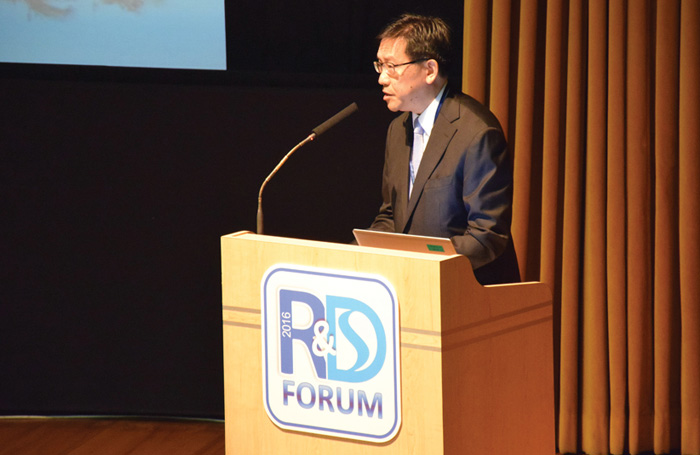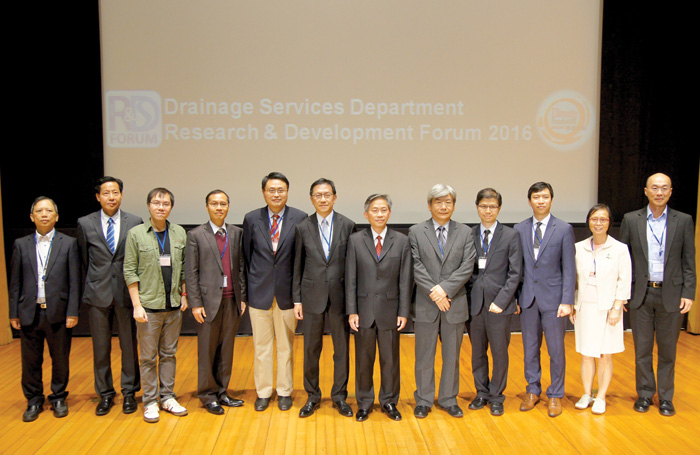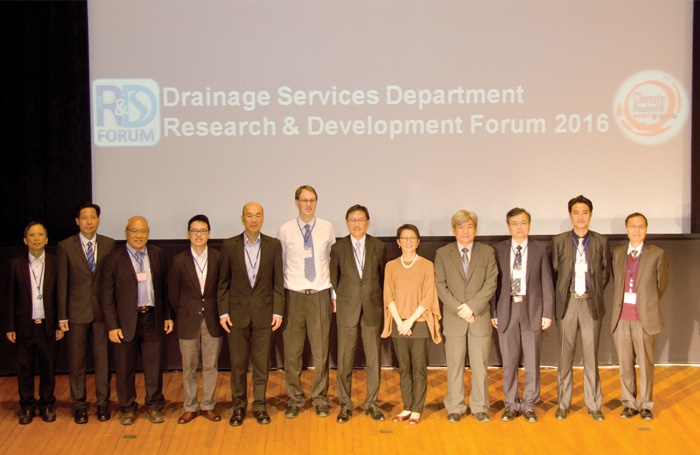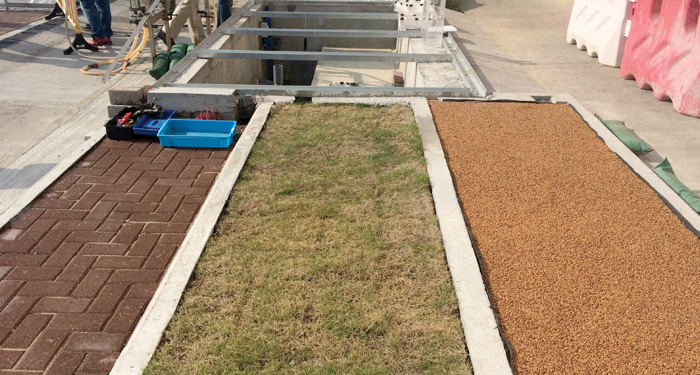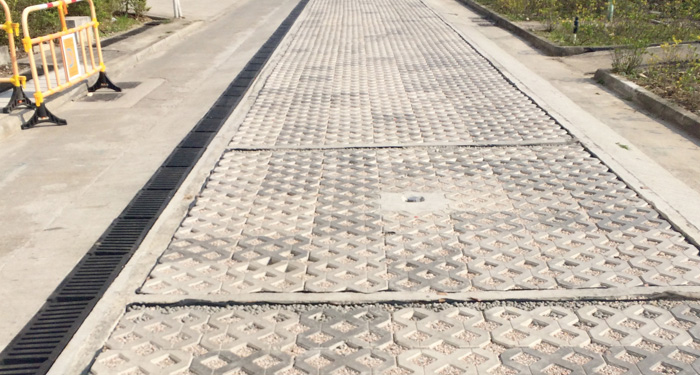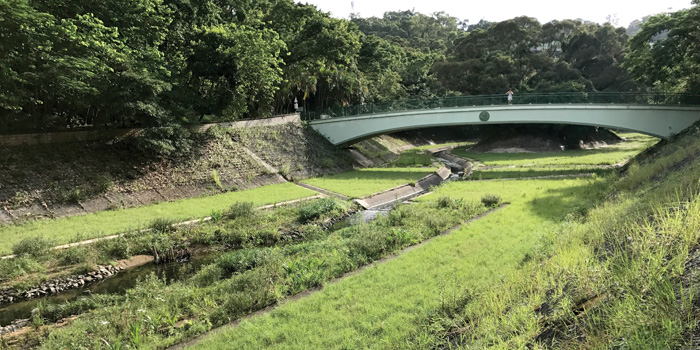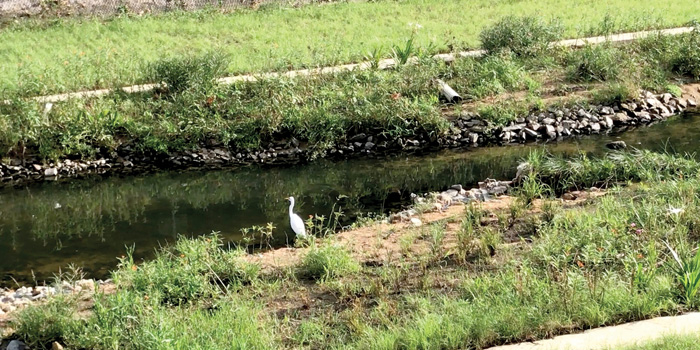Highlights of the Year
DSD Research & Development Forum 2016: Climate Ready@HK
On 8 November 2016, we organised the Research & Development Forum 2016: Climate Ready@HK at the Hong Kong Science Museum, attracting more than 500 local academics, professionals and industry representatives.
The Forum invited industry leaders, professors, and professionals to deliver two thematic speeches on “Striving for Innovation in Sustainable Stormwater Drainage” and “Towards Sustainable Energy Utilisation in Sewage Treatment”. They shared their experiences in climate change, revitalising water bodies, sustainable drainage systems, and energy reduction initiatives in sewage treatment to foster collaboration and technological innovation in the industry.


Highlight of R&D Studies
Porous Pavement
Sustainable drainage system or Blue-Green Infrastructure features helps facilitating stormwater evaporation, infiltration and reduce surface runoff, such as porous pavement. It usually consists of a permeable material, such as porous paving block, and gravel subgrade which provides storage capacity for surface runoff. Apart from attenuating the stormwater runoff, porous pavement can help removing silt and pollutants through filtration and biodegradation.
Eco-hydraulics Study on Green Channels
DSD has implemented green channel practices in flood prevention projects in recent years. To assess the extent of environmental enhancement brought by different green channel designs and the hydraulic characteristics of various ecological enhancement elements, DSD conducted a research and development study on the eco-hydraulics of the green channels.
Study on Heat Island Effects
Under the consultancy study on revitalisation of water bodies, it was identified that streams and water bodies could help cooling down the temperature of the area in the vicinity with incorporation of blue-green elements, and revitalising water bodies could help reducing the heat island effects. Such benefits could enhance the human thermal comfort and provide pleasant water bodies for public enjoyment. Since we are lack of existing research on heat island effects with local drainage setting and climate condition, DSD conducted a research study on investigating the effects of blue-green elements on alleviating heat island effects and improving human thermal comfort in the vicinity of local river channels.
Compact Sewage Treatment Technologies
DSD has been exploring compact sewage treatment technologies in the past few years, including R&D studies on the pilot trial on mechanical filter mesh and membrane bioreactors. The two trials have provided us with more data for evaluation of its performance for sewage treatment in Hong Kong and the operation and maintenance requirements of the technologies.


